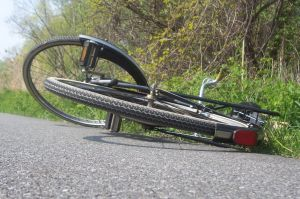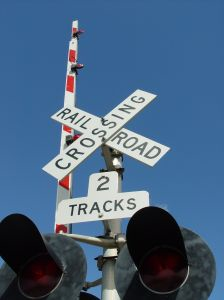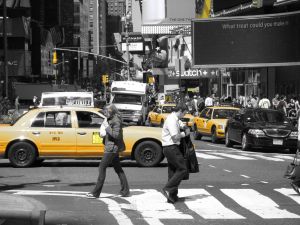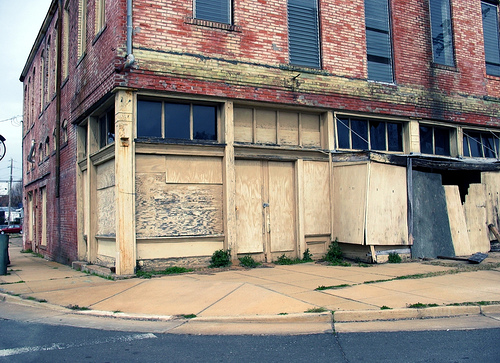 Along with much of the country, our San Francisco personal injury attorney was shocked by last year’s beating of a Giants fan. There is no excuse for such violence. However, as an experienced San Francisco victim’s law firm, we know that the law can provide vital compensation as the victim travels the long path to recovery.
Along with much of the country, our San Francisco personal injury attorney was shocked by last year’s beating of a Giants fan. There is no excuse for such violence. However, as an experienced San Francisco victim’s law firm, we know that the law can provide vital compensation as the victim travels the long path to recovery.
Bryan Stow was brutally beaten in the parking lot of Dodger Stadium on March 31, 201, opening day for last year’s baseball season. Marvin Norwood and Louis Sanchez have pled guilty and are awaiting trial following their arrest for the assault. Stowe has also filed legal claims against the Dodgers alleging that the team’s poor security and general negligence, including the alleged sale of half-priced beer (a disputed claim), contributed to the attack. The ball club is currently in federal bankruptcy proceedings and recent filings suggest the team has debts totaling $573 million. Stow’s claims have been brought in the Delaware proceedings as is required by bankruptcy law. Both The Los Angeles Times and The Oakland Tribune report that the Dodger organization filed a forty-four page motion last week asking the court to reject Stow’s claims, asserting that he cannot prove a connection between the claimed failures and the assault.
We do not have enough information to comment on the viability of Stowe’s claims. However, this lawsuit raises several important issues that apply generally to compensation the personal injury arena. First, and often foremost, a verdict is only as good as the plaintiff’s ability to pay. Stowe’s injuries were severe and will have long-term impacts and his lawyers have estimated the costs related to the beating to be $50 million. Despite the bankruptcy, the Dodgers are much more likely to carry insurance that could pay a verdict than the assailants. In vehicle-related injuries, individual plaintiffs typically have applicable insurance but that is not always the case in other situations. It is important for victims to have a skilled, experienced Northern California personal injury lawyer who can help ensure all avenues for recovery are fully explored and all relevant defendants included in a lawsuit.
 San Francisco Injury Lawyer Blog
San Francisco Injury Lawyer Blog













 Spiders, cockroaches, ants, rats, and moths: invasions by household pests induce cringing and exclamatory yelps. Many people want to prevent unwanted encounters with such pests and the destruction they may cause by putting out pesticides meant to deter or kill rodents and bugs. Consumers are driven by costs, effectiveness, and a concern for safety when choosing a pest-control product. The
Spiders, cockroaches, ants, rats, and moths: invasions by household pests induce cringing and exclamatory yelps. Many people want to prevent unwanted encounters with such pests and the destruction they may cause by putting out pesticides meant to deter or kill rodents and bugs. Consumers are driven by costs, effectiveness, and a concern for safety when choosing a pest-control product. The  According to the California Department of Motor Vehicles, over one hundred people are killed in cycling accidents annually in our state, with injured cyclists numbering in the thousands. Drivers should remember to take particular caution when sharing the roadways with bicyclers, but cyclists must also exercise caution when travelling. Bicycles are required to follow all the same rules of the road that govern motor vehicles including stopping for red lights and obeying other traffic signs. Bicycle riders should opt for visible garments, especially if travelling in low-lit conditions. Helmets should be a part of every cyclist’s uniform. Although California law only mandates helmet-wearing for riders under age eighteen, cyclists of all ages should make wearing a well-fitting helmet a standard part of their riding routine.
According to the California Department of Motor Vehicles, over one hundred people are killed in cycling accidents annually in our state, with injured cyclists numbering in the thousands. Drivers should remember to take particular caution when sharing the roadways with bicyclers, but cyclists must also exercise caution when travelling. Bicycles are required to follow all the same rules of the road that govern motor vehicles including stopping for red lights and obeying other traffic signs. Bicycle riders should opt for visible garments, especially if travelling in low-lit conditions. Helmets should be a part of every cyclist’s uniform. Although California law only mandates helmet-wearing for riders under age eighteen, cyclists of all ages should make wearing a well-fitting helmet a standard part of their riding routine.  The Sacramento Bee reports that regional transit authorities have called Saturday’s accident the worst light-rail incident in the twenty-five year history of the transit system. Louis Leon Williams (age sixty-two), Shante Hope Williams (age twenty-five), and twenty-two month old Damian Antiwon Williams, were killed when a light rail train crashed into their sports-utility vehicle. The accident also injured a fourth occupant of the SUV, fifty-seven year old Demetric Deann Good Williams. The victims were travelling on 26th Avenue in south Sacramento when the Meadowview line train struck the vehicle, flipping the Nissan Pathfinder and pushing it twenty yards. A number of the train’s fifty passengers also suffered injuries in the crash.
The Sacramento Bee reports that regional transit authorities have called Saturday’s accident the worst light-rail incident in the twenty-five year history of the transit system. Louis Leon Williams (age sixty-two), Shante Hope Williams (age twenty-five), and twenty-two month old Damian Antiwon Williams, were killed when a light rail train crashed into their sports-utility vehicle. The accident also injured a fourth occupant of the SUV, fifty-seven year old Demetric Deann Good Williams. The victims were travelling on 26th Avenue in south Sacramento when the Meadowview line train struck the vehicle, flipping the Nissan Pathfinder and pushing it twenty yards. A number of the train’s fifty passengers also suffered injuries in the crash. On January 13, 2012, the National Highway and Traffic Safety Administration announced that KIA Motors America, Inc. noticed a
On January 13, 2012, the National Highway and Traffic Safety Administration announced that KIA Motors America, Inc. noticed a  Most drivers instinctively improve their driving habits when passing police stations. Not so with one taxi driver, who cut off a bus while trying to make a right turn on Thursday, January 26. The Yellow Cab driver pulled the aggressive maneuver right outside the Bryant Street Police Department and the Hall of Justice, which houses the Traffic Division of the San Francisco Superior Court.
Most drivers instinctively improve their driving habits when passing police stations. Not so with one taxi driver, who cut off a bus while trying to make a right turn on Thursday, January 26. The Yellow Cab driver pulled the aggressive maneuver right outside the Bryant Street Police Department and the Hall of Justice, which houses the Traffic Division of the San Francisco Superior Court. Our
Our